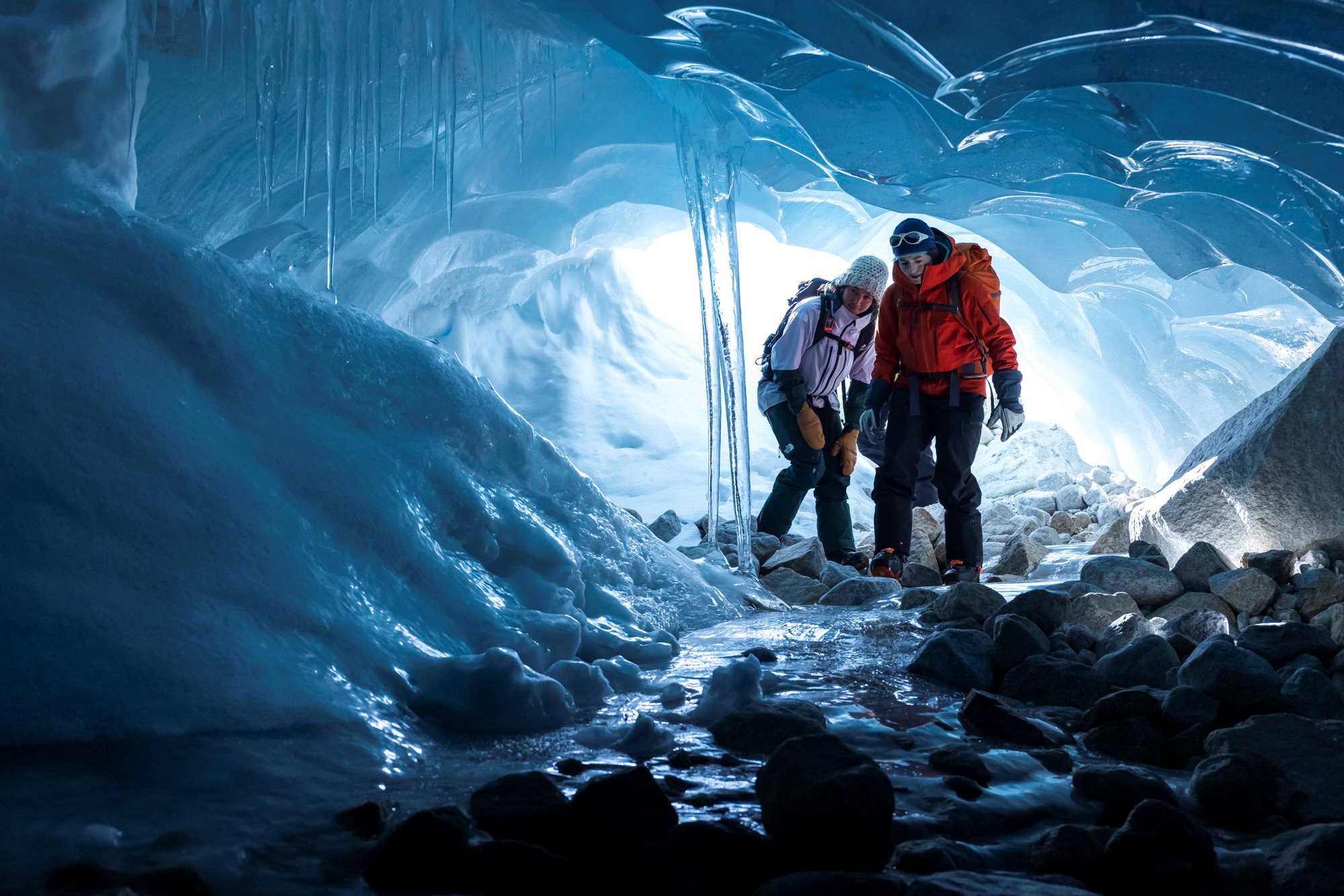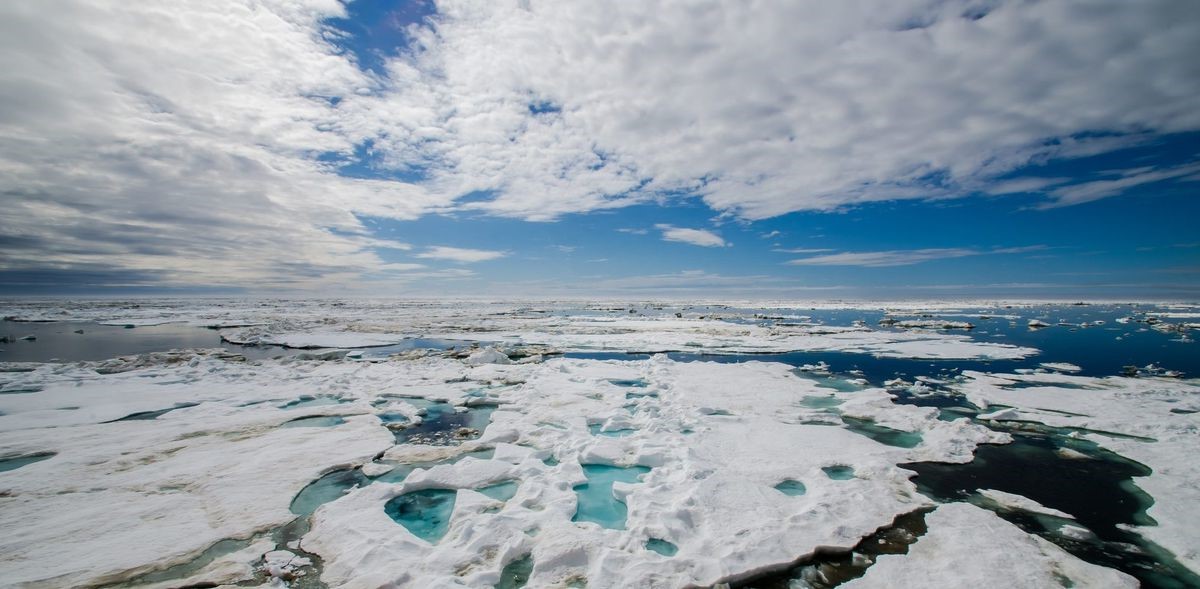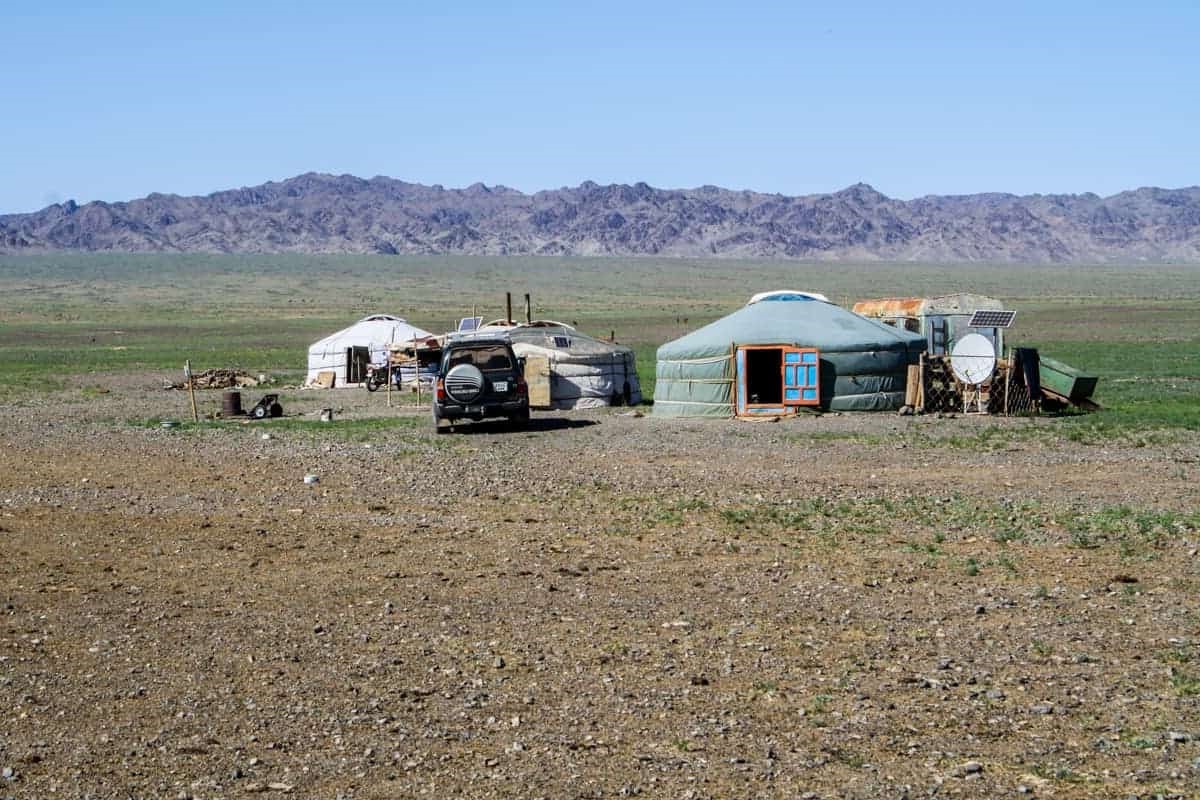Home>Weather and Climate>Ice Cores and Tree Rings Unravel Climate History


Weather and Climate
Ice Cores and Tree Rings Unravel Climate History
Published: May 24, 2024
Discover the essential tools used by scientists to study past climates and gain insights into the intricate relationship between weather and climate.
(Many of the links in this article redirect to a specific reviewed product. Your purchase of these products through affiliate links helps to generate commission for Temperatures.com, at no extra cost. Learn more)
I'm fascinated by how scientists unlock secrets of Earth's climatic past. They use ice cores, drilling deep into glaciers to extract samples. These frozen archives hold tiny air bubbles, trapping ancient atmospheres. Through them, we learn about past carbon dioxide levels and temperature trends.
Sediment cores from ocean floors are another treasure trove. Layers of sediment accumulate over millennia, capturing chemical compositions, fossilized microorganisms, and pollen. Analyzing these layers, researchers piece together historical climate patterns, ocean temperatures, and even vegetation changes on nearby land.
Tree rings also tell stories of historical climate conditions. Each ring represents a year of growth, with the thickness indicating rainfall and temperature conditions. By studying old trees and even lumber from ancient structures, scientists can reconstruct climate conditions going back thousands of years.
Speleothems, or cave formations like stalactites and stalagmites, grow in response to water dripping in caves. The chemical makeup of these formations varies with the climate outside, offering clues about historical rainfall and temperature.
Using these tools, scientists paint a detailed picture of Earth's climate history. This knowledge helps us understand natural climate variability and enhances our predictions for future climate change.
















